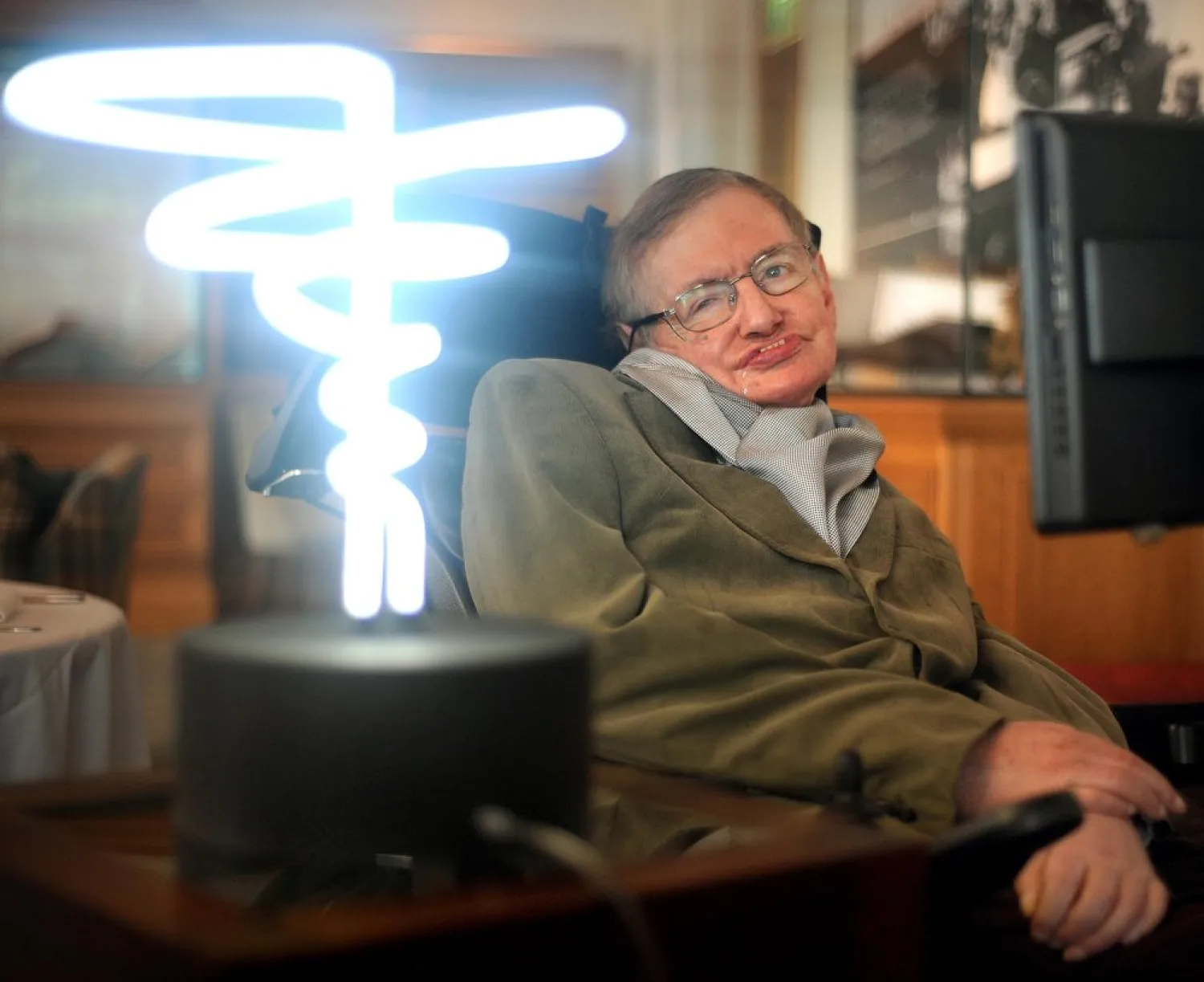Researchers from the Cedars-Sinai hospital have created an artificial intelligence-enabled tool that may make it easier to predict if a person will have a heart attack.
The tool, described in The Lancet Digital Health journal, accurately predicted which patients would experience a heart attack in five years based on the amount and composition of plaque in arteries that supply blood to the heart.
Plaque buildup can cause arteries to narrow, which makes it difficult for blood to get to the heart, increasing the likelihood of a heart attack. A medical test called a coronary computed tomography angiography (CTA) takes 3D images of the heart and arteries and can give doctors an estimate of how much a patient's arteries have narrowed. Until now, however, there has not been a simple, automated and rapid way to measure the plaque visible in the CTA images.
"Coronary plaque is often not measured because there is not a fully automated way to do it. But now we can use this program to quantify plaque from CTA images in five to six seconds," said Damini Dey, director of the quantitative image analysis lab in the Biomedical Imaging Research Institute at Cedars-Sinai.
Dey and colleagues analyzed CTA images from 1,196 people who underwent a coronary CTA at 11 sites in Australia, Germany, Japan, Scotland and the United States. They trained the AI algorithm to measure plaque by having it learn from coronary CTA images.
Researchers found the tool's measurements corresponded with plaque amounts seen in coronary CTAs. They also matched results with images taken by two invasive tests considered to be highly accurate in assessing coronary artery plaque and narrowing: intravascular ultrasound and catheter-based coronary angiography.
Finally, the investigators discovered that measurements made by the AI algorithm from CTA images accurately predicted heart attack risk within five years for 1,611 people who were part of a multicenter trial called the SCOT-HEART (CT coronary angiography in patients with suspected angina) trial.









